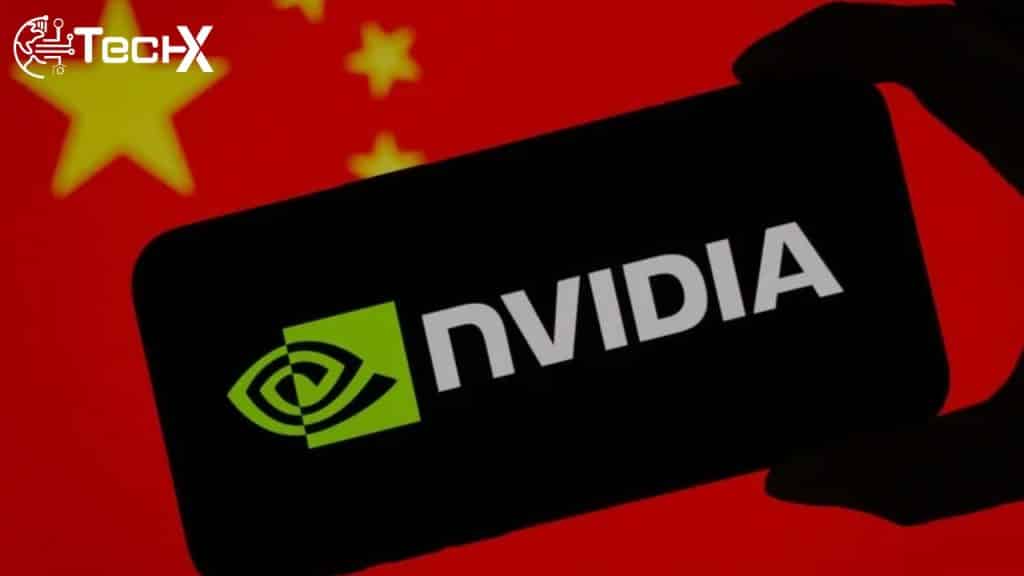China’s long-term dream of becoming a tech superpower is now taking shape. Beijing is investing billions in artificial intelligence, robotics, and semiconductor industries to reduce its reliance on the United States. Once heavily dependent on imported chips, China now aims to build a fully independent technology ecosystem. This mission has already brought both global attention and rising concerns among Western powers.
DeepSeek Sparks a Turning Point
In 2024, a relatively unknown Chinese team, DeepSeek, made global headlines. It launched a powerful, large language model that competed with Western AI systems but at a much lower training cost. The event shook the market, briefly impacting NVIDIA’s stock value. It also proved that world-class AI could come from outside Silicon Valley, reshaping how investors and governments view China’s tech potential.
China’s Giants Enter the Arena
After DeepSeek’s success, major Chinese companies like Alibaba and Huawei stepped in. Both firms unveiled new AI chips and outlined roadmaps aimed at achieving independence from Western suppliers. Their products claim to match certain Western chips in efficiency and performance. This wave of announcements shows that China’s ambition is no longer just political; it’s becoming a commercial and technological reality.
Startups Fuel the Domestic Chip Dream
Alongside big corporations, smaller firms such as Cambricon and MetaX are playing key roles. These startups have attracted large investments and government backing. With local procurement contracts and rising demand, they are helping create a self-sustaining chip ecosystem. The combination of state funding, private innovation, and national strategy is giving China a powerful base to challenge global chip leaders.
Strategic Support and Harsh Realities
China’s industrial policy blends heavy state support with close cooperation between companies and research centers. Labs, foundries, and cloud providers are working together to boost chip production. However, challenges remain. China still struggles with advanced fabrication technologies like EUV lithography. Many of these tools are controlled by Western countries, keeping China one step behind in the global chip race.
Also Read: FBR Officials Face Probe After Maladministration Case Referred by FTO
Export Controls Tighten the Race
The United States has strengthened export restrictions on semiconductor tools and chip designs. This has forced China to accelerate its efforts to develop homegrown alternatives. Now, China faces a dual challenge: creating its own advanced chips while navigating global supply limits. The competition is no longer just about performance but about political and economic survival in the digital age.
NVIDIA Still Reigns in the Market
Despite China’s push for independence, NVIDIA remains the top choice for many Chinese companies. Firms like Tencent and Baidu continue to rely on NVIDIA’s powerful GPUs for AI development. Even though domestic chips are improving, they still lag in complex tasks. NVIDIA’s global reputation and technological edge make it hard for competitors to catch up quickly.
NVIDIA’s Perspective on the Chinese Market
NVIDIA CEO Jensen Huang has openly said that losing the Chinese market would be a major loss. He emphasized that China’s AI sector is one of the fastest-growing in the world. Huang also discussed how the company is adapting to US export restrictions, balancing compliance with Washington’s rules while maintaining relationships with Chinese partners. It’s a tightrope walk with massive stakes.
China’s Strengths and Weaknesses
China holds strong cards in this technological race. It has vast data sets, millions of engineers, and large-scale national programs that push research forward. These strengths lead to rapid innovation and practical applications. Yet, challenges persist; many tools, IPs, and designs are still Western-dominated. In cutting-edge workloads, Chinese chips often fall short of their American counterparts.
Geopolitics and Technology Intertwined
Technology has become a battlefield of global politics. Western export bans aim to slow China’s access to high-end tools. In return, Beijing is launching subsidies, scholarship programs, and new open-source projects. These efforts aim to build a parallel tech ecosystem independent of the West. The result may be two distinct worlds — one led by the US, and another centered around China.
The DeepSeek Effect and Global Reactions
DeepSeek’s success earlier this year illustrated China’s rising capabilities. Its emergence triggered new restrictions from the US government, including the Trump administration’s decision to ban the model. This highlighted the growing tension between innovation and control. As China continues to advance, such reactions may shape the future landscape of global AI governance and digital trade.
The Road Ahead for China and the World
China’s progress in AI and chips is real, but challenges remain deep. Building advanced fabs and software ecosystems takes time and expertise. The next few years will decide whether China can turn its momentum into global leadership. The future of AI dominance will depend not only on technology but also on trust, transparency, and the ability to compete fairly across global markets.
